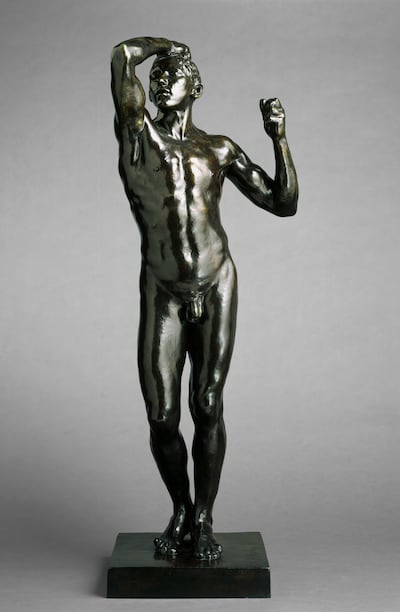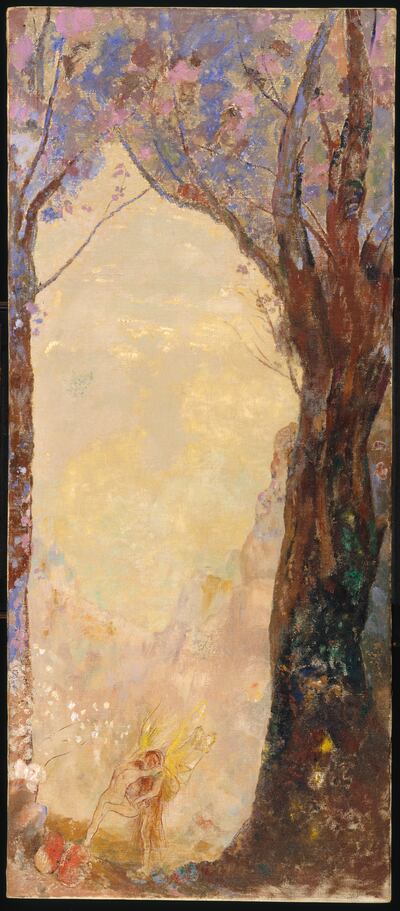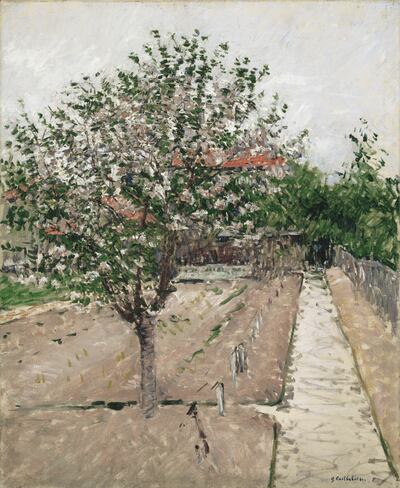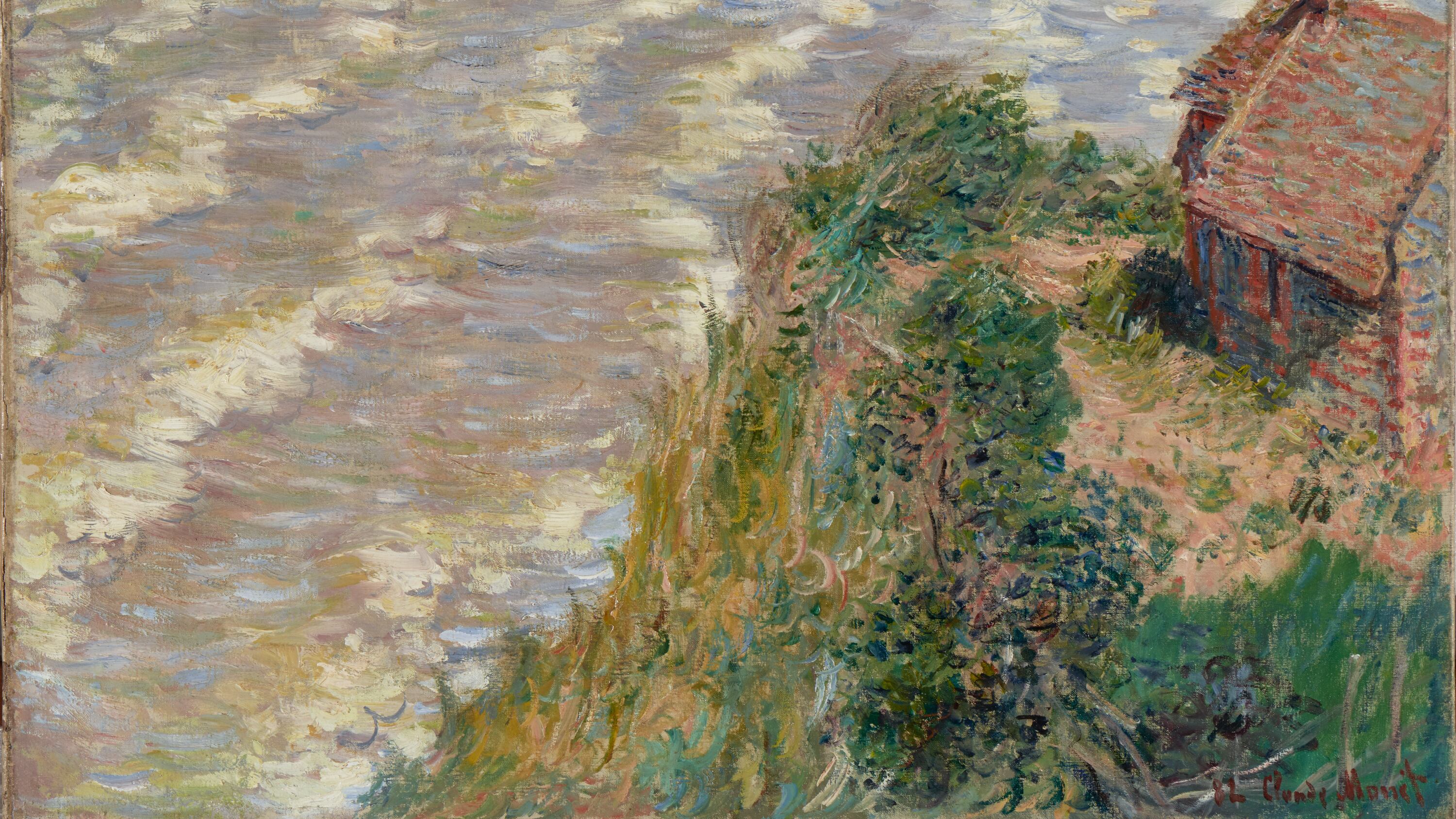This story is published in cooperation with Willamette Week and Portland Art Museum.
Summer is just around the corner, and that means Monet to Matisse: French Moderns is soon to arrive at the Portland Art Museum, straight from the Brooklyn Museum’s renowned European art collection. And seriously, what better way to spend an especially hot summer day than wandering around PAM’s air-conditioned halls, admiring the work of esteemed French artists?
Monet to Matisse: French Moderns focuses on France as the artistic center of international modernism, showcasing approximately 60 paintings and sculptures considered to be “modernist masterpieces.” The exhibit features artists from Claude Monet to Henri Matisse, including Paul Cézanne, Marc Chagall, Edgar Degas, Pierre-Auguste Renoir, and many others whose works explore Impressionism, Symbolism, Fauvism, Cubism, and Surrealism. We spoke with Lloyd Dewitt, the exhibition curator, to help you prepare for your visit.

Meet the curator
New (ish) to the Portland Art Museum scene is Lloyd DeWitt. Previously the Chief Curator and Irene Leache Curator of European Art at the Chrysler Museum of Art in Norfolk, VA—DeWitt is now PAM’s newly appointed curator of European & American Art Pre-1930. Monet to Matisse: French Moderns will be the first exhibition DeWitt has coordinated here in Portland, and he has some tips, tricks, and general insight to help visitors get the most out of the exhibit.
How to navigate Monet to Matisse: French Moderns
The exhibition is organized by subject matter (not chronologically, that’s important), and there are four different sections to keep in mind. The first section, Landscape, features two of the aforementioned highlights—Caillebotte’s Apple Tree in Bloom, and Monet’s Houses of Parliament.
The second section, Portraits and Models, is anchored by Berthe Morisot’s Portrait of Mme. Boursier and Her Daughter, and focuses on the human figure. The third, Still Lifes, features work by artists like Chaim Soutine, Pierre Bonnard, and Henri Matisse. And the final group is focused on the Nude.
Overall, Dewitt emphasizes that patrons should take in everything at once and try to identify the similarities in artistic expression over time.
“There’s no one route through the show. The way the show is installed, you glance across the gallery and see these parallel phenomena,” says DeWitt. “I would encourage visitors to consider what all is happening at the same time - innovative, important paintings and sculptures from wildly different styles and movements, but made in Paris at nearly the same time.”

Back in Brooklyn
Many of the works in the exhibition actually tell the stories of the dealers, patrons, and New York collectors who helped make the Brooklyn Museum’s collection one of the nation’s finest. According to DeWitt, Brooklyn’s leaders thought their collection should reflect their own times, in contrast to the Met in Manhattan with its old masters, buying paintings by Cezanne and Gauguin very early.
“This exhibition of Brooklyn’s French treasures from 1850-1950 dovetails beautifully with Portland’s own without any duplication, and allows us to experience this remarkable century in Art through new eyes,” he adds.
What is Modernism?
DeWitt shared that curators see Modernism as its own historical period, which can be confusing, Dewitt says. Some museums put the line at 1918, others at 1945, while lots of others go back to the 1830s. Overall, the general consensus is that Modernism in the art world is a decisive break from the past—And, according to Dewitt, “The avant-garde dominates.”

Must-see pieces
For DeWitt, the exhibition’s highlights include Gustave Caillebotte’s Apple Tree in Bloom, Claude Monet’s Houses of Parliament, and Auguste Rodin’s Age of Bronze sculpture.
He also points out that both Odilon Redon’s Jacob Wrestling with the Angel and Jean-Léon Gérôme’s The Carpet Merchant are also key pieces because they remind patrons that Neoclassicism, Realism, and Symbolism kept evolving.
“These were not successive movements to Impressionism-Pointillism-Fauvism, etc., but ran parallel to it, and were simultaneous,” says DeWitt.
Head to https://portlandartmuseum.org/event/monet-to-matisse/ to learn more, and plan your visit.

